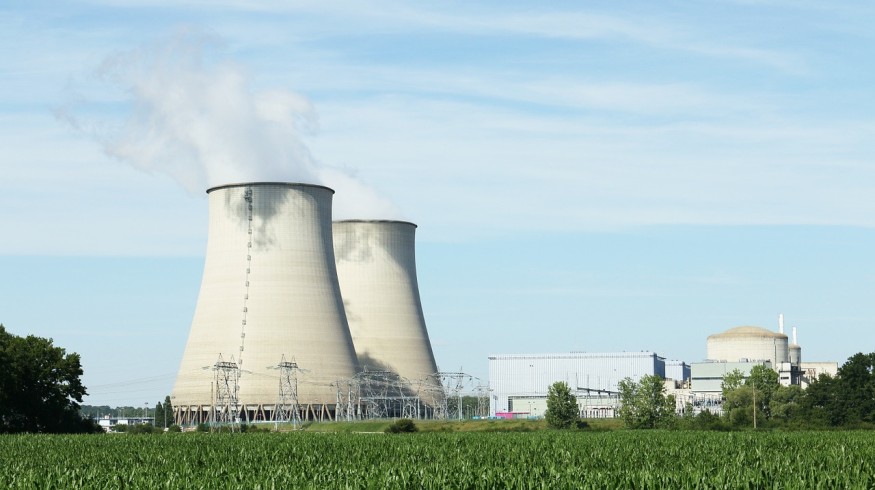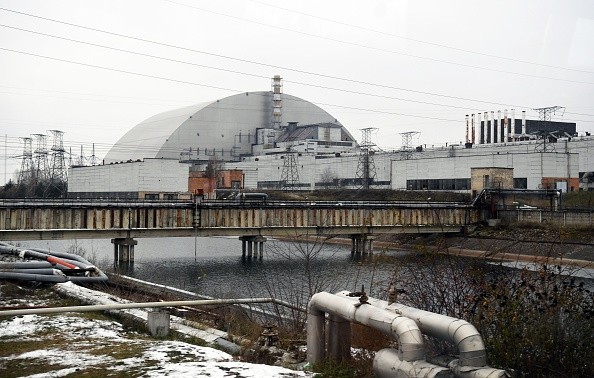Advocates for nuclear power assert that it could reduce emissions globally by 50%. Even though the use of renewable energy is increasing, it still only makes up a small part of total energy usage. Scalable and emitting no carbon dioxide while producing electricity is nuclear energy.

Global Estimates
According to a recent estimate, nuclear power could reduce carbon emissions worldwide by 50%.
Robert Rapier emphasized the inability of renewable energy to keep up with global energy demand in the previous piece, Renewable Energy Grew At A Blistering Pace In 2021:
"However, this is the problem the globe is facing. The growth rate of renewable energy has been far greater than any other energy category, but renewables are still a relatively small portion of our overall energy consumption. In 2021, global energy demand increased by 31.3 exajoules, or more than six times as much, compared to the 5.1 exajoule global increase in renewable energy consumption. Therefore, despite their enormous growth rates, the world still doesn't use enough energy even to slow the expansion of its use of fossil fuels. That is a significant problem, given the rising carbon dioxide emissions worldwide.
Sources of Energy
One of the most distinctive forms of energy is nuclear. It is solid power (available on demand), can be expanded to very large facilities, and doesn't emit any carbon dioxide while generating electricity.
Nuclear and wind power were shown to have the lowest levelized carbon dioxide emissions in a 2017 University of Texas study (link). The levelized carbon intensity is derived by dividing the lifetime emissions of a power plant by the total anticipated energy output.
Per kWh of electricity, nuclear and wind produced 12 and 14 grams of CO2-eq, respectively. In comparison, coal, which continues to be the world's greatest source of electricity, generates more than 70 times as much CO2 equivalent (CO2-eq) per kWh of electricity.
According to data from the most recent BP Statistical Review of World Energy 2022, coal usage accounts for roughly half of worldwide carbon dioxide emissions. Nuclear power facilities might replace the world's coal-fired power plants, bringing carbon dioxide emissions back to levels last seen in the 1970s.
Tarnished Reputation

It seems like common sense. Why, then, don't we implement it? You have to wonder where things would be today if the Chernobyl nuclear accident of 1986 hadn't occurred. The demand for nuclear energy had been growing quickly worldwide until that disaster drastically altered the growth trajectory.
Chernobyl significantly impacted nuclear power's expansion rate, but it grew reasonably after the disaster. Nuclear power would expand for the next 25 years, but it would decline significantly after the Fukushima tragedy in Japan in 2011.
Those two instances distinguish between a world that has quickly phased out coal and one that hasn't. They heightened popular skepticism of nuclear power. This makes sense. People will naturally dislike nuclear power if they witness nuclear accidents that abruptly force residents to leave their homes. Radiation phobia is a widespread but frequently unfounded concern among the general people.
Looking Forward

Although the past cannot be changed, we may attempt to modify how the public feels about nuclear power. Nuclear power facilities can be built, designed, and run without experiencing the same problems as Chernobyl and Fukushima. Naturally, persuading a dubious audience of this will take some time.
For more news update about Environmental Action, don't forget to follow Nature World News!
© 2025 NatureWorldNews.com All rights reserved. Do not reproduce without permission.





